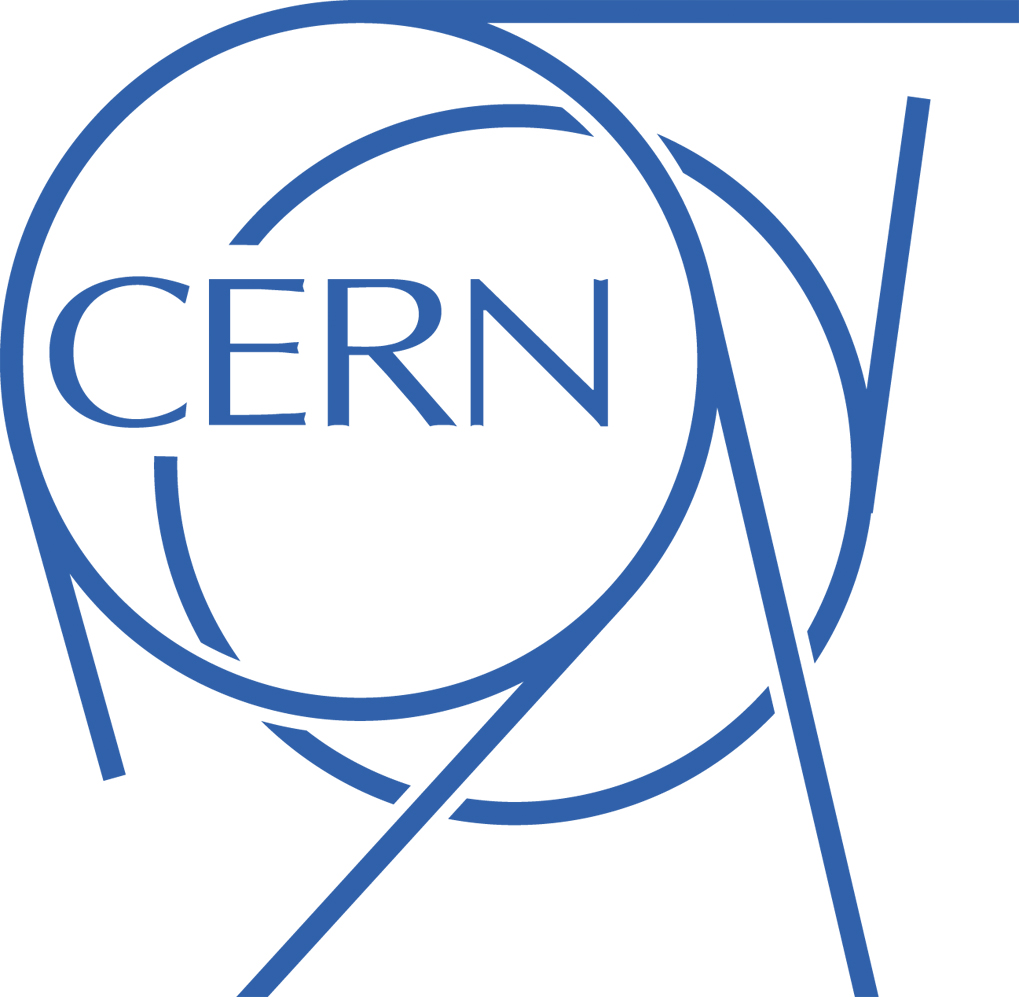
CERN White Paper, Theme 3, R&D WP7 Activities
Facilities and Component Analysis for Detector R&D
PH Department, Detector Technologies
|
GAS FILTERING TECHNIQUES |
|
|
The second main theme of WP7 is the in-depth study of impurities in detector gases and fluids (e.g. perfluorocarbon coolants) and their effect on the detector performance in high radiation environments. Most muon detectors are based on gas detector technologies (RPC, drift tube, drift chamber, TGC, CSC, GEM, etc). In the gas amplification process the gas molecules are ionized, dissociated or fragmented; afterwards they recombine to new stable objects. When operated in a high radiation environment, e.g. as in the forward muon systems, many different chemically very reactive impurities are created which are potentially dangerous for the detector materials and the gas system. The study aims at the understanding of these processes in the GIF irradiation field and the development of methods to mitigate or reverse the degrading effects. The main objective of this activity, in 2008, is the consolidation of RPC operation in LHC. We will study the impurities produced in RPC chambers irradiated in the GIF radiation field in order to understand the properties of possible absorbers. The following questions should be answered:
Download the detailed proposal
Current Status & Links to main results: http://cern.ch/project-RPC
|
http://cern.ch/WP7
Last Updated on January 27, 2009 by MC